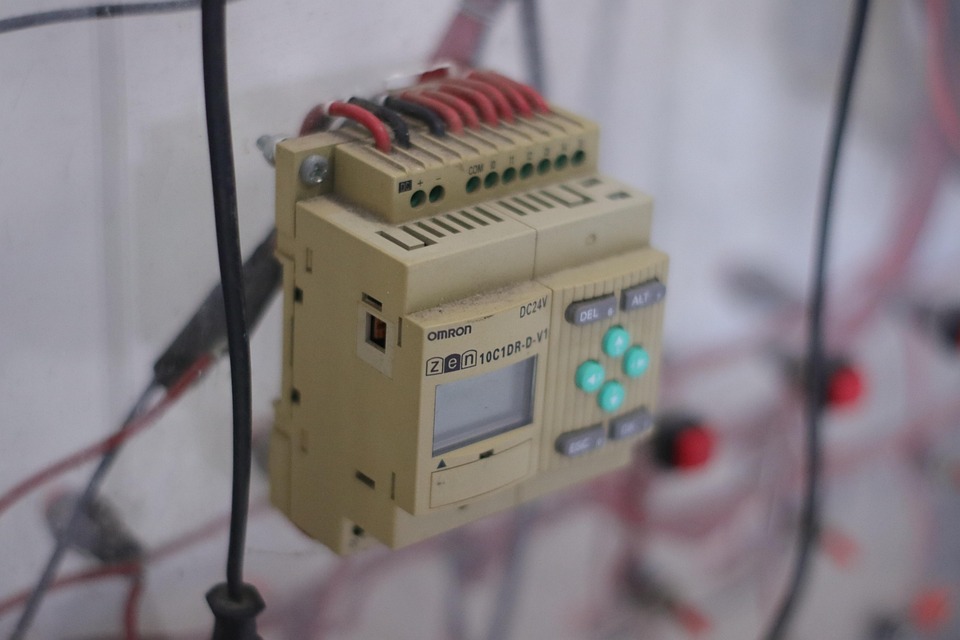In an era marked by rapid urbanization, with projections suggesting that nearly 70% of the world’s population will live in cities by 2050, the concept of smart cities has emerged as a revolutionary approach to urban development. Smart cities leverage technology, particularly the Internet of Things (IoT), to improve quality of life, enhance sustainability, and foster economic growth while addressing the challenges posed by increasing urban density.
Understanding Smart Cities
Smart cities integrate physical, digital, and human systems to create more efficient and sustainable urban environments. The backbone of this transformation is the Internet of Things, which comprises interconnected devices that collect, analyze, and exchange data to optimize city functions. These IoT solutions span various domains including transportation, energy management, public safety, and healthcare.
Key Components of IoT in Smart Cities
1. Transportation and Mobility
Effective transportation is crucial for urban living. IoT solutions enable smart traffic management systems that analyze real-time data from vehicles, pedestrians, and traffic signals to reduce congestion and improve safety. For example, cities such as Barcelona have implemented smart traffic lights that adjust their timing based on real-time traffic conditions, thereby minimizing delays and emissions.
Further, ride-sharing platforms and smart public transit systems harness IoT to provide users with real-time information, improving accessibility and efficiency. Electric and autonomous vehicles are also on the rise, supported by IoT technologies that enhance safety and optimize route management.
2. Energy Management
Cities consume significant amounts of energy, making efficient energy management imperative. IoT-based smart grids facilitate real-time monitoring and management of energy resources. These grids can dynamically respond to energy demands, integrating renewable energy sources and reducing waste.
Smart meters allow residents to monitor their energy consumption in real-time, promoting energy-saving behaviors. Cities like San Diego have implemented smart energy solutions that adjust street lighting based on pedestrian activity, significantly decreasing energy waste.
3. Public Safety and Security
IoT plays a vital role in enhancing public safety. Integrated surveillance systems equipped with IoT sensors can monitor urban areas, detect anomalies, and automatically alert law enforcement when necessary. For instance, ShotSpotter technology uses acoustic sensors to identify gunfire incidents, enabling rapid response by authorities.
Additionally, smart city solutions can enhance disaster response strategies. For example, IoT devices can provide real-time data during emergencies, helping first responders allocate resources more effectively.
4. Waste Management
With urban populations generating massive amounts of waste, efficient waste management is essential. Smart waste management systems utilize IoT sensors embedded in trash bins to monitor levels of waste in real time. When bins reach certain thresholds, notifications are sent to waste collection services, optimizing routes and minimizing unnecessary pickups. Cities like Amsterdam have successfully implemented this system to reduce operational costs and enhance cleanliness.
5. Healthcare and Well-being
Health is a key component of urban life, and IoT can significantly improve public health initiatives. Wearable health devices can provide real-time data, empowering individuals to manage their health better. Additionally, urban health systems can monitor environmental factors such as air quality and heat, informing residents about potential health risks. Smart city initiatives in South Korea’s Songdo have demonstrated the potential of combining healthcare data with urban planning to foster healthier communities.
Challenges and Considerations
While the potential of smart cities is immense, several challenges must be addressed:
-
Data Privacy and Security: The vast amount of data collected raises significant concerns about privacy and cybersecurity. Establishing robust data protection frameworks is essential to maintain public trust.
-
Interoperability: Smart city technologies often come from diverse vendors, leading to interoperability issues. Standardization of protocols is vital to ensure seamless data exchange between different systems.
- Social Inclusion: There is a risk that smart city initiatives could exacerbate social inequalities. Ensuring equitable access to technology and involving citizens in decision-making processes is crucial for inclusive urban development.
The Future of Smart Cities
As cities continue to evolve, the integration of IoT solutions will play a pivotal role in shaping urban landscapes. The future of smart cities is not just about technology; it’s about creating sustainable, resilient, and livable environments for all. Collaborations between governments, private entities, and communities are needed to drive this vision forward, ensuring that technical innovations translate into real benefits for urban populations.
In conclusion, smart cities represent a bold stride towards addressing the complexities of modern urban life. Through the innovative integration of IoT solutions, cities can enhance functionality, sustainability, and ultimately the quality of life for their residents. As we move towards this future, the focus must remain on leveraging technology responsibly and inclusively, fostering urban spaces where everyone can thrive.


